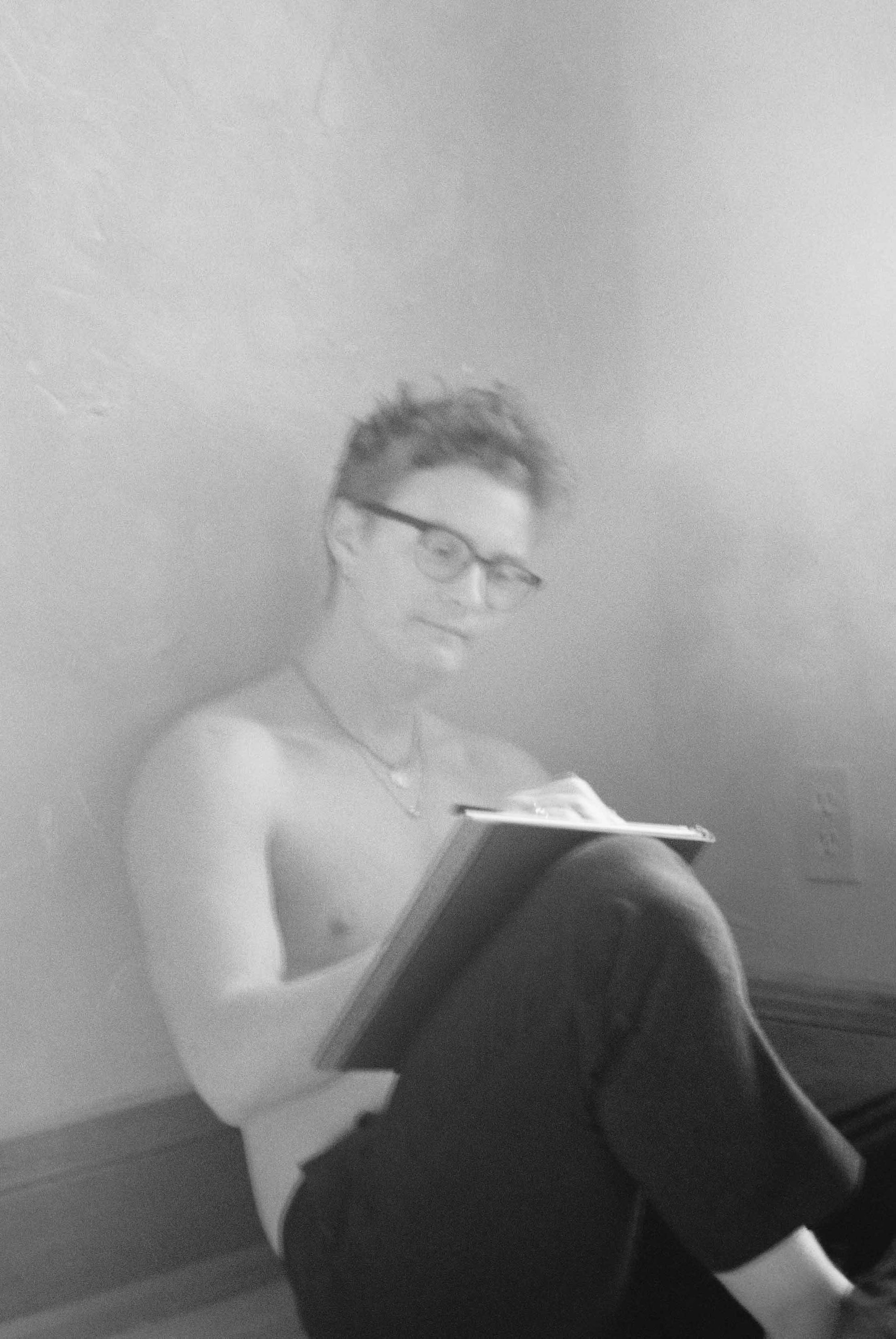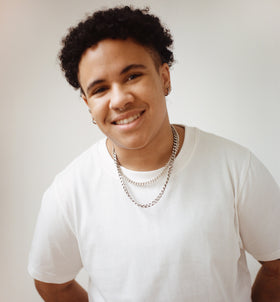
Dec 2, 2021
Tim Ferriss, Active Listening, and the Fluidity of Entrepreneurship.
Finnegan Shepard
In June of 2020, I was twenty eight years old, two months post-top surgery, and shacking up at my parent’s house while COVID raged and I figured out what I was going to do with my life. I had spent the last decade in and out of academia, writing literary fiction, traveling, working odd jobs in carpentry and wine, and developing a pattern of getting into graduate courses and then bailing on them. In my own estimation, my life was rich in many ways, but I longed for a career path I could pour myself into and that would provide traction and financial validation.
It was during this season of my life that I read Tim Ferriss’ infamous 4 hour Workweek. In his chapter “Income Autopilot I”, he encourages his readers to perform quick, cheap experiments that can lead to passive income. His examples include how-to-yoga DVDs and reselling French striped sailing shirts. I was sitting on the front porch when I read the section on French sailing shirts. I remember that afternoon viscerally: the convex blast of Colorado sun paired with the eccentric quiet that accompanied those first few months of Covid. I pulled out my phone to google “Trans swimwear.” Nothing close to what I wanted. After maybe ten minutes of scrolling, I texted a friend who worked in fashion and asked if they had a moment to talk. They called. I said something along the lines of, “no one is designing good swimwear for trans men. How hard would it be to add a mesh pouch into a swimsuit so people could pack while swimming? I’m thinking of running a little test online to see whether anyone would buy it.”
*
Eighteen months later, I haven’t run that experiment, but I have built an entire brand, complete with a four person design team in NYC, a global photojournalism series, avid customers, a 30,000 person social media following, and sky rocketing sales. On first glance, I find the story of what sparked my initial inspiration for Both& to be amusing—how funny that I thought this could be a quick and dirty experiment a la Tim’s suggestion about income autopilot generators. But on second glance, I see an important lesson about the nature of entrepreneurship: everything important in life takes exactly the amount of time it takes. No more, no less.
Perhaps this phrase sounds overly relativistic, simplistic, or obvious. But in an age that increasingly and blindly prioritizes the fast or compressed (whether it’s news, TV, or the UX of a checkout journey), it’s worth pausing for a moment--pardon the irony--to think through what that actually means. Some ideas can be tested in a week or a month. Some take years. Some take a lifetime. How can we know at the outset and consequently best prepare ourselves?
The short answer is that we can’t. To decide the shape of an idea before giving it time is tantamount to killing it, or mutating it so drastically as to erase its original nature. But it is possible, even necessary, to get good at reading the signs. It was very obvious to me, only a month or two into the creation of Both&, that I didn’t have a minnow on the end of the line, but a whale.
It’s possible that the reason I was able to spot the difference between what I originally thought I was doing (a quick test of an only minorly modified product) to what needed doing (an extensive research project to build a new size and fit system, paired with incredibly high standards for branding and world class photography and designs) was from the many years I have spent working on my craft as a fiction writer. When you begin a fictional story, you rarely know where it will lead, and consequently, how long it ought to be. Instead, you write blind, following the characters or plot in a kind of give and take dance, until you sense the music is reaching a finale and a final pose should be struck. When you are writing a story, you need to constantly switch roles, from that of humility and submission to one of mastery and guidance. You may not know how long the song will last, but you begin to pick up an intuition for the kind of dance you’re doing.
This modality of work is very different from a traditional business approach, even within entrepreneurship. You can’t set KPIs or build realistic financial models around open-ended exploration. Moreover, there’s a trade-off in this calculus: if you spend too long in the primordial chaos of shaping an idea, story, or potential business, you can miss your opportunity to chart a path and successfully traverse it. However, if you force a direction too soon, you risk, well, going in the wrong direction. The difference of a degree, played out across a thousand miles, changes the country you are in.
Sitting at my desk writing this, I can’t help but wonder what Tim would think of all of this. He is both the person who leverages systems to be as frictionless and as low time-commitment as possible, and also the person who reads Hafez for The Universe in Verse series. He’s an optimizer, and a deep thinker: two modes of being that have surprisingly little in common, including their relationship to time.
So which hat to wear, and when?
There isn’t a formula. This very question presupposes that outside of the dance between chaos and order there is a higher order, that we can pick and choose with precision between creativity and synthesis. I think what Tim would say—and what I would agree with—is to lace up your shoes and get dancing.



